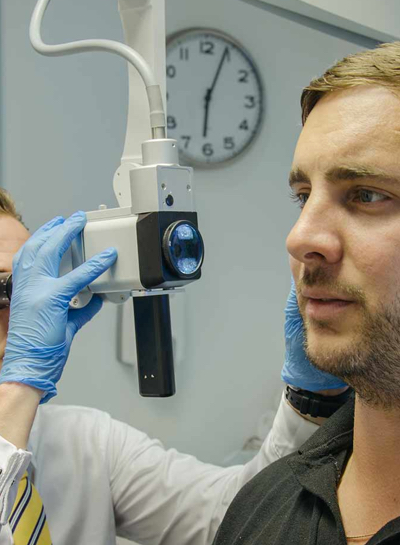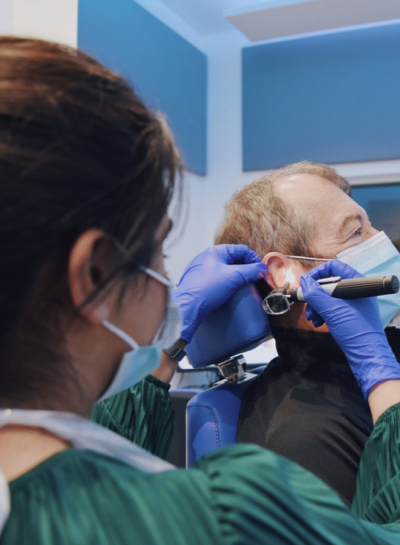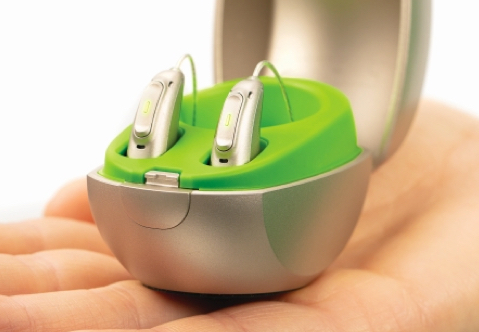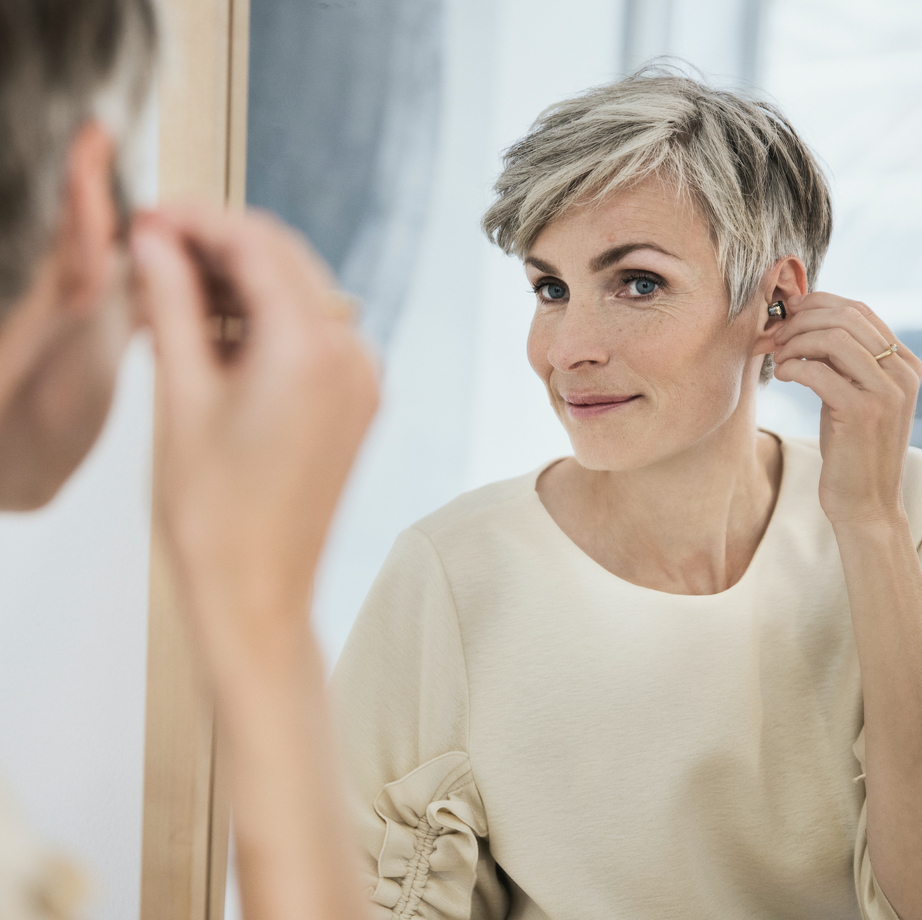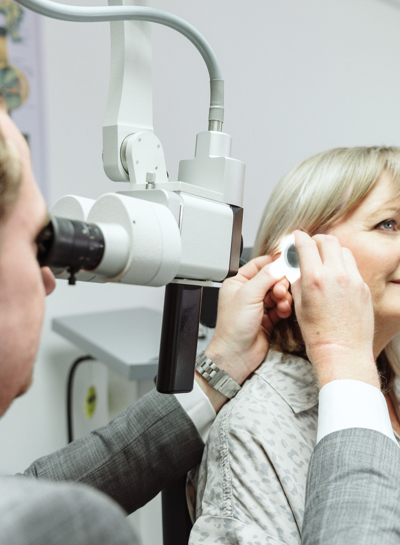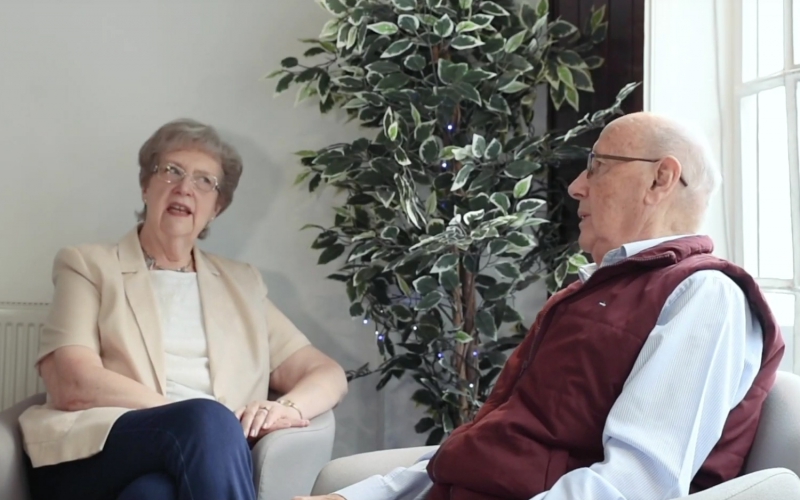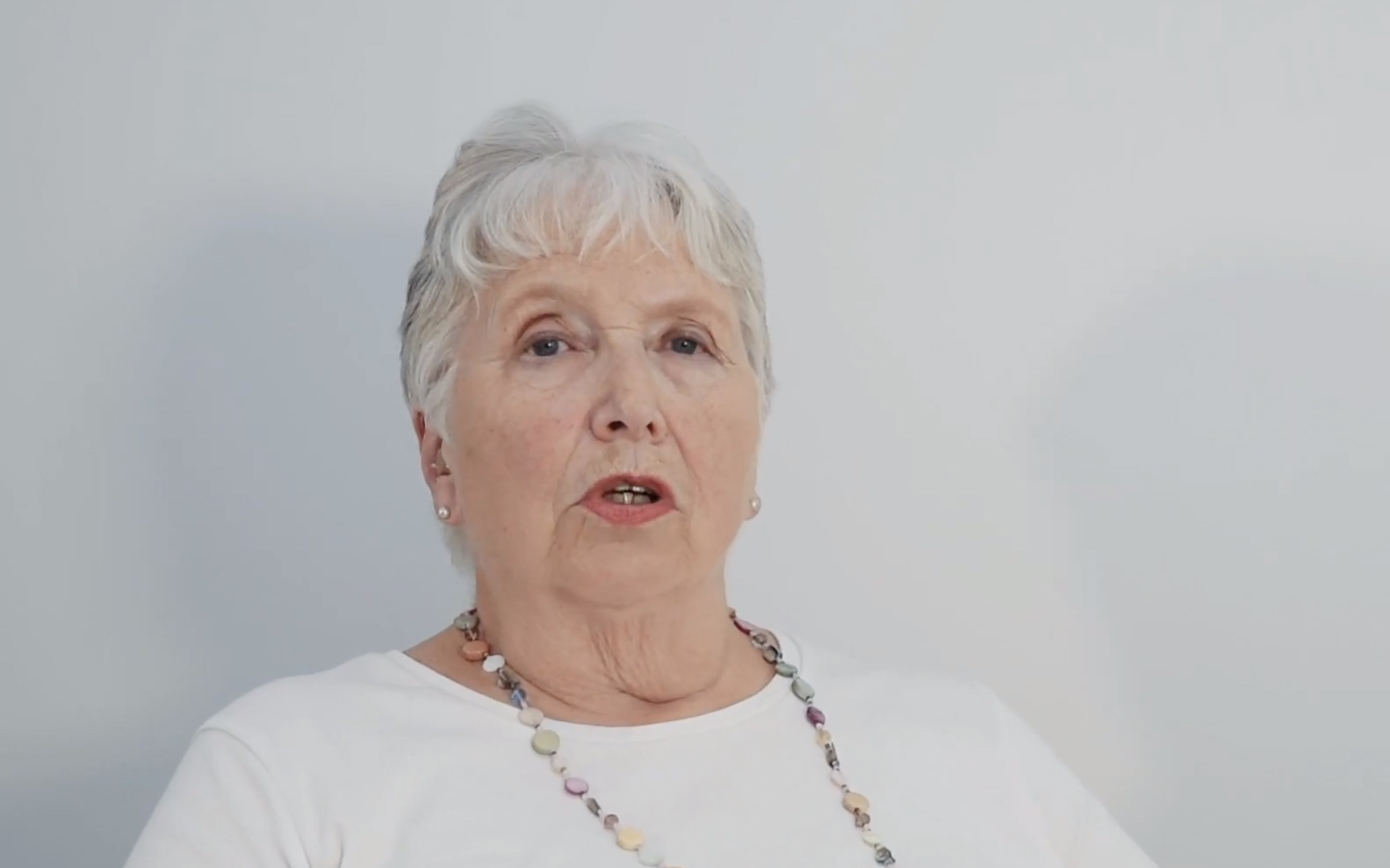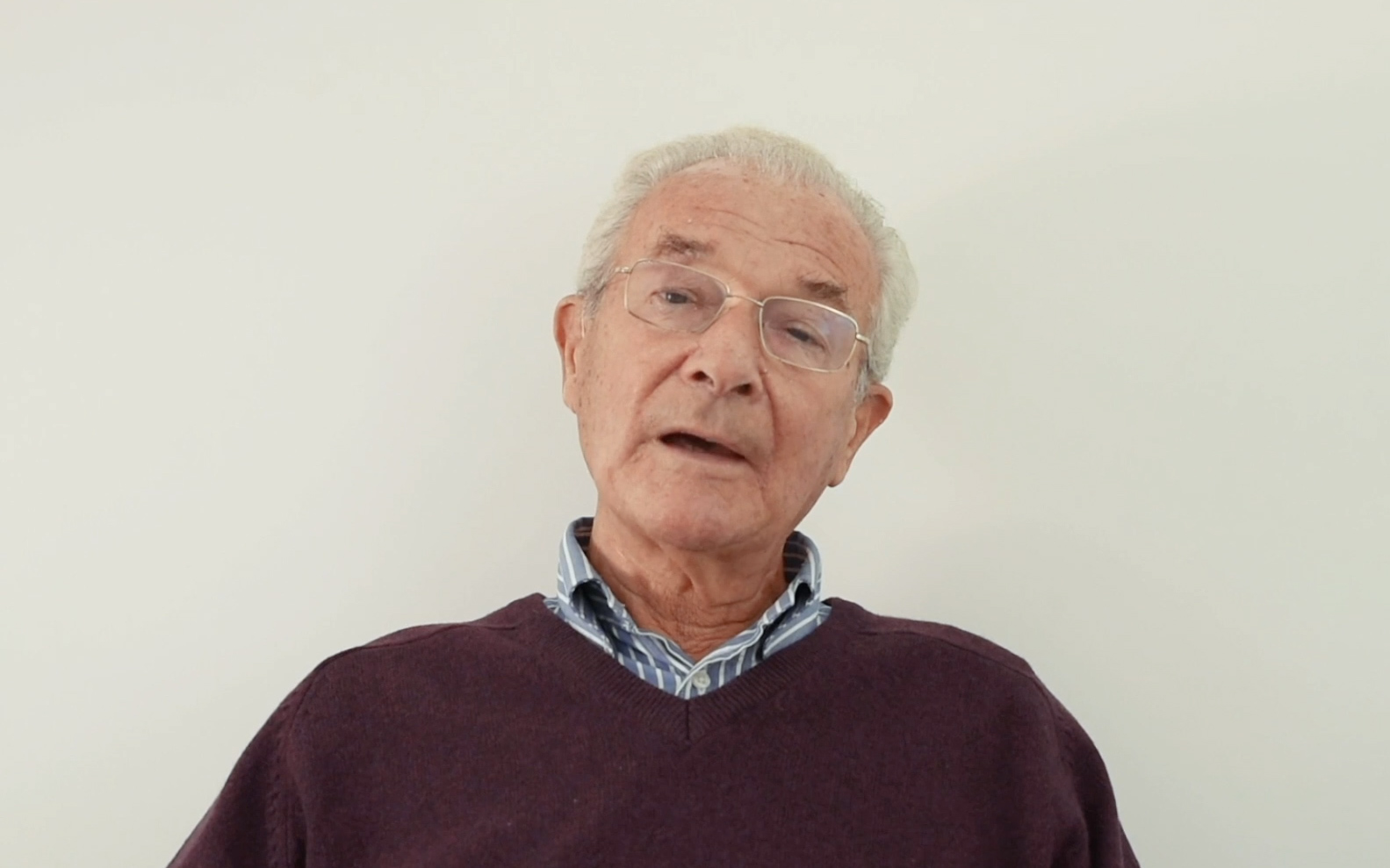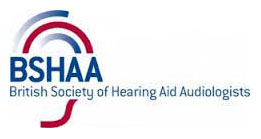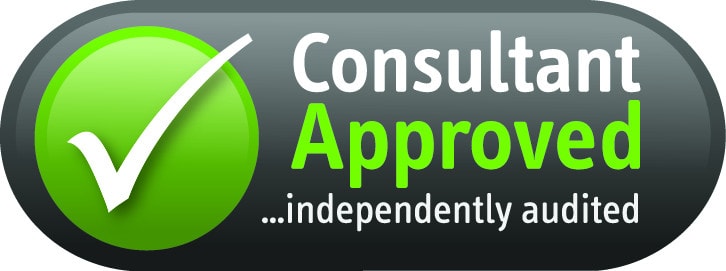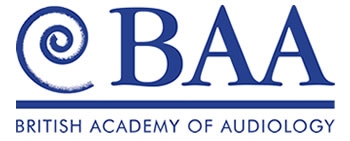Probe Tube Measurements Deliver Better Satisfaction
Probe tube measurements of hearing aids or as they are more commonly called Real Ear Measurements (REMs) and Live Speech Mapping are elements of hearing aid verification and validation. They are acknowledged best practice in hearing aid fitting. They are a proven strategy for increasing satisfaction with hearing aids and have been for many years.
What are REMs and Live Speech Mapping?
REMs are a tool for verification of a prescriptive target, while Speech Mapping is a tool for validation of a prescriptive target. Real Ear Measurements are designed to verify that the hearing aids in your ears are actually hitting the prescriptive targets for two hearing aid prescriptions, Nal and DSL. Those fitting prescriptions have been with us for many years and in the clinical world, they are accepted as the best fitting prescriptions.
However, in the modern world of hearing aids, some hearing aid manufacturers often use their own fitting prescriptions because they know their hearing aids best. With that in mind, we need a test to see if those non-standard (as such) prescriptions deliver the speech signal needed to help people.
REMs won’t work because they are designed just for Nal and DSL, however, we can validate it using live speech mapping to ensure that a controlled speech signal is amplified into the residual hearing envelope of a Patient.
Why are REMs and Live Speech Mapping Important?
The test completely removes the guesswork in hearing aid fittings. They will verify or validate that the hearing aid is actually providing the sound that you need to hear better. The settings take your hearing loss into account and provide the calculations for the amplification needed to deliver for you.
During the tests, we can make real-time changes to the hearing aid settings to ensure that they do deliver exactly what you need. More than that, all of the studies undertaken into the use of verification and validation within hearing aid fittings show that people get on better and are more satisfied with their hearing aids when it is done.
How is it Done?
Both test procedures are done in a similar way, we use a probe tube system, most are exactly like the one in the picture above. There is a probe for each ear. First, we calibrate the probe tubes by holding them in front of a speaker which plays the calibration tones.
After the calibration, we would hang the system from your ears and place the probe tubes in your ear canals. We are trying to get them within 5mm of your eardrum. We can check the positioning visually but some of the more modern systems have a self-check. Once that is done, we play different test signals through the speaker to assess what is happening. This is done with no hearing aids in, with the hearing aids in and turned off and finally with the hearing aids in and turned on.
The results are shown visually on our computer screen so we can see where the amplification is missing the targets if that is the case. Sometimes, the amplification might not be enough, sometimes and in certain ears, we see that there may be too much amplification at one or more points. Sometimes, it is just fine.
When Should it be Done?
We undertake probe tube measurements when you are at full prescription. If you are new to hearing aids, we may not initially fit you to your prescription level. You might find it uncomfortable and loud. To manage that, we tend to fit you to a reduced level and over a varying period of time we move you to the prescriptive level.
We think that then is the ideal time to use this tool as you have reached the best possible amplification for your hearing loss. If you are an existing user of hearing aids buying a new set of hearing aids, well then we might fit you to prescription immediately. If so, well then the process should will be done at the fitting.
The Best Possible Outcome
At Worcester and Stratford Hearing Centres, we are committed to delivering the very best possible outcomes for our customers and probe tube measurements are a major part of that commitment. The tool gives us the confidence that we are delivering the parameters for the best possible outcome for you.


 Request An Appointment
Request An Appointment
